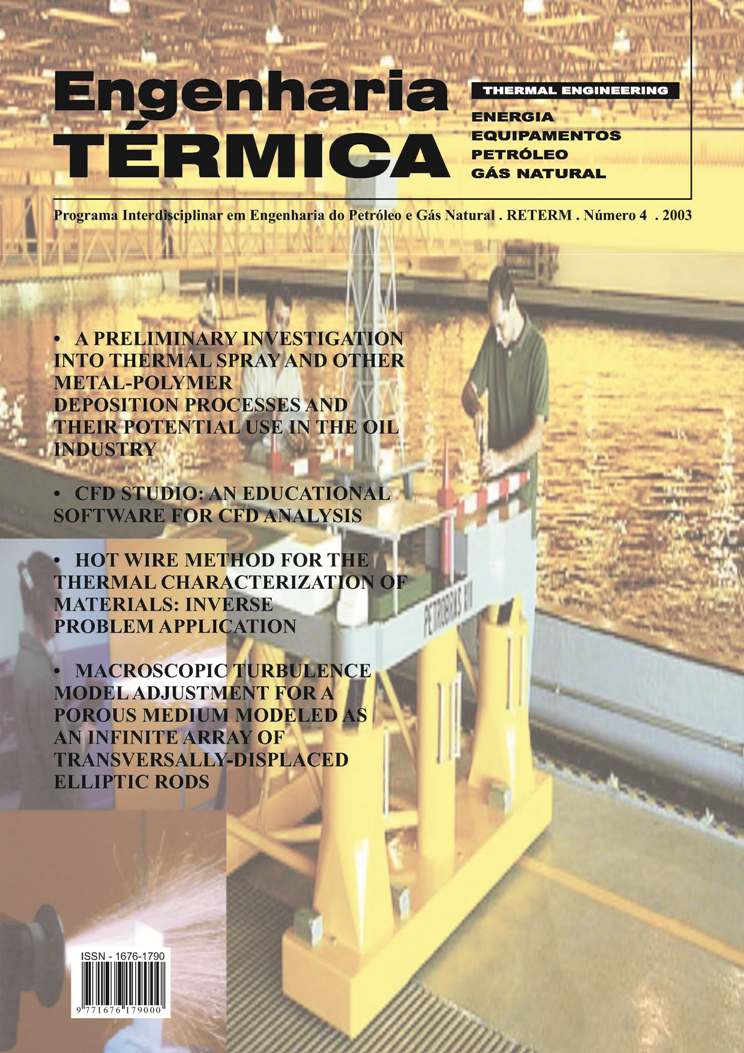NUMERICAL SIMULATION OF FCC RISERS
DOI:
https://doi.org/10.5380/reterm.v2i2.3479Resumo
The catalytic cracking of hydrocarbons in a FCC riser is a very complex physical and chemical phenomenon, which combines a three-dimensional, three-phase fluid flow with a heterogeneous catalytic cracking kinetics. Several researchers have carried out the modeling of the problem in different ways. Depending on the main objective of the modeling it is possible to find in the literature very simple models while in other cases, when more accurate results are necessary, each equipment is normally treated separately and a set of differential and algebraic equations is written for the problem. The riser reactor is probably the most important equipment in a FCC plant. All cracking reactions and fuel formation occur during the short time (about 4-5s) that the gas oil stays in contact with the catalyst inside the riser. This work presents a simplified model to predict the, temperature and concentrations in a FCC riser reactor. A bi-dimensional fluid flow field combined with a 6 lumps kinetic model and two energy equations (catalyst and gas oil) are used to simulate the gas oil cracking process. Based on the velocity, temperature and concentration fields, it is intended, on a next step, to use the second law of thermodynamic to perform a thermodynamic optimization of the system.
Downloads
Publicado
Como Citar
Edição
Seção
Licença
Direitos Autorais para artigos publicados nesta revista são do autor, com direitos de primeira publicação para a revista. Em virtude da aparecerem nesta revista de acesso público, os artigos são de uso gratuito, com atribuições próprias, em aplicações educacionais e não-comerciais.



